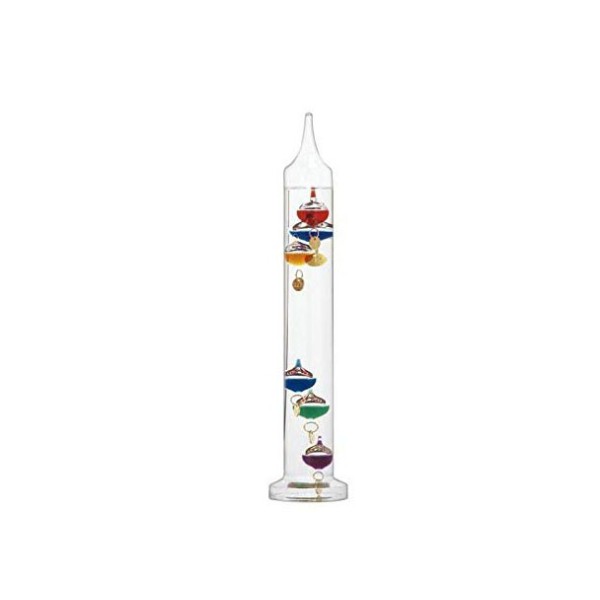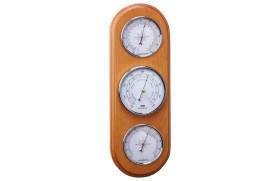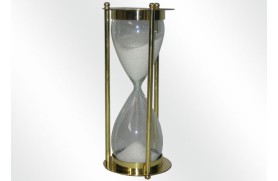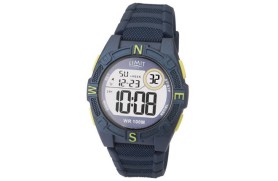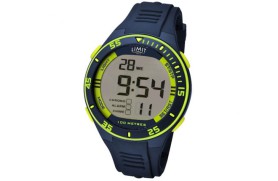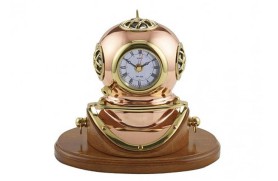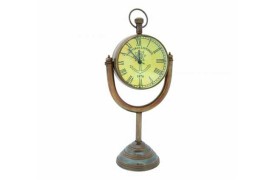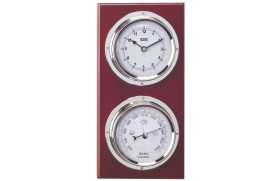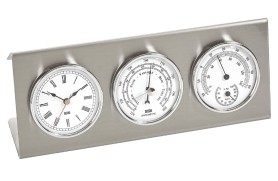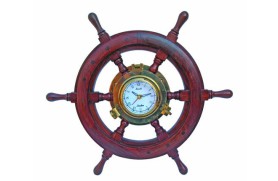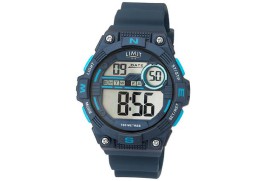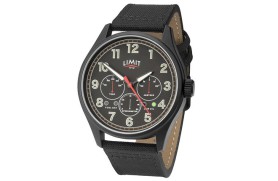- On sale!
Decorative thermometer
Decorative thermometer Galileo, which measures the temperature by different buoys density. Glass made. Available in two sizes.
How do you read the thermometer? Each buoy has a temperature label, the last floating buoy marks the current temperature.
 100% SECURE PAYMENT
100% SECURE PAYMENT
You can make the payment fully secure through BANCO SANTANDER or Paypal.
 Delivery conditions
Delivery conditions
SHIPMENTS 24-48H Immediate shipping on most of our products. Maximum period of 72h.
 Return Policy
Return Policy
You have 15 days to exercise the right of withdrawal and return the product without penalty.
Description

Based on a thermoscope made by Galileo Galilei in the early s. XVII. Fairly accurate thermometer and very simple, today it is basically used as decoration. The Galileo thermometer consists of a sealed glass tube which is filled with destilled water and several floating bubbles. The bubbles are made as glass spheres filled up with a colored liquid mixture. This liquid mixture contain alcohol, or it might simply be water with food coloring.
Attached to each bubble there is a little metal plate that indicates a temperature. A number and degree symbol are engraved in the plate. These metal tags are actually calibrated counterweights. The weight of each plate is slightly different from the others. Since the bubbles are all hand-blown glass, they aren't exactly the same size and shape. The bubbles are calibrated by adding a certain amount of fluid to them so that they have the exact same density. So, after the weighted plate are attached to the bubbles, each one differs very slightly in density (the ratio of mass to volume) from the other bubbles, and the density of all bubbles is very close to the surrounding water density.
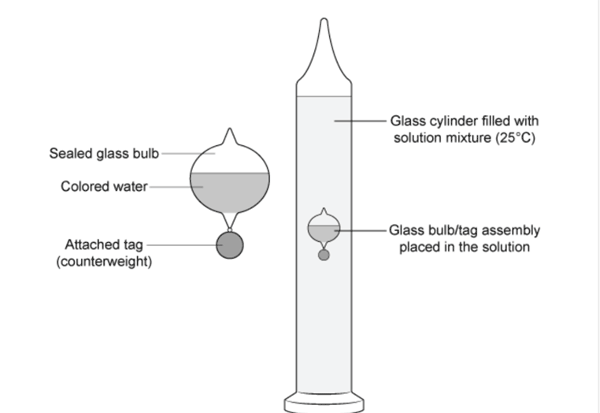
If you have read this question, then you know that an object immersed in a fluid experiences two major forces: the downward pull of gravity and the upward push of buoyancy. It is the downward force of gravity that makes this thermometer work.
The basic idea is that as the temperature of the air outside the thermometer changes, so does the temperature of the water surrounding the bubbles. As the temperature of the water changes, it either expands or contracts, thereby changing its density. So, at any given density, some of the bubbles will float and others will sink. The bubble that sinks the most indicates the approximate current temperature.
Product Details
Reviews
Gestión eficaz
Todo perfecto, envio rápido y sin sorpresas!!
muy recomendable
antonia
 Cookie preferences
Cookie preferences
